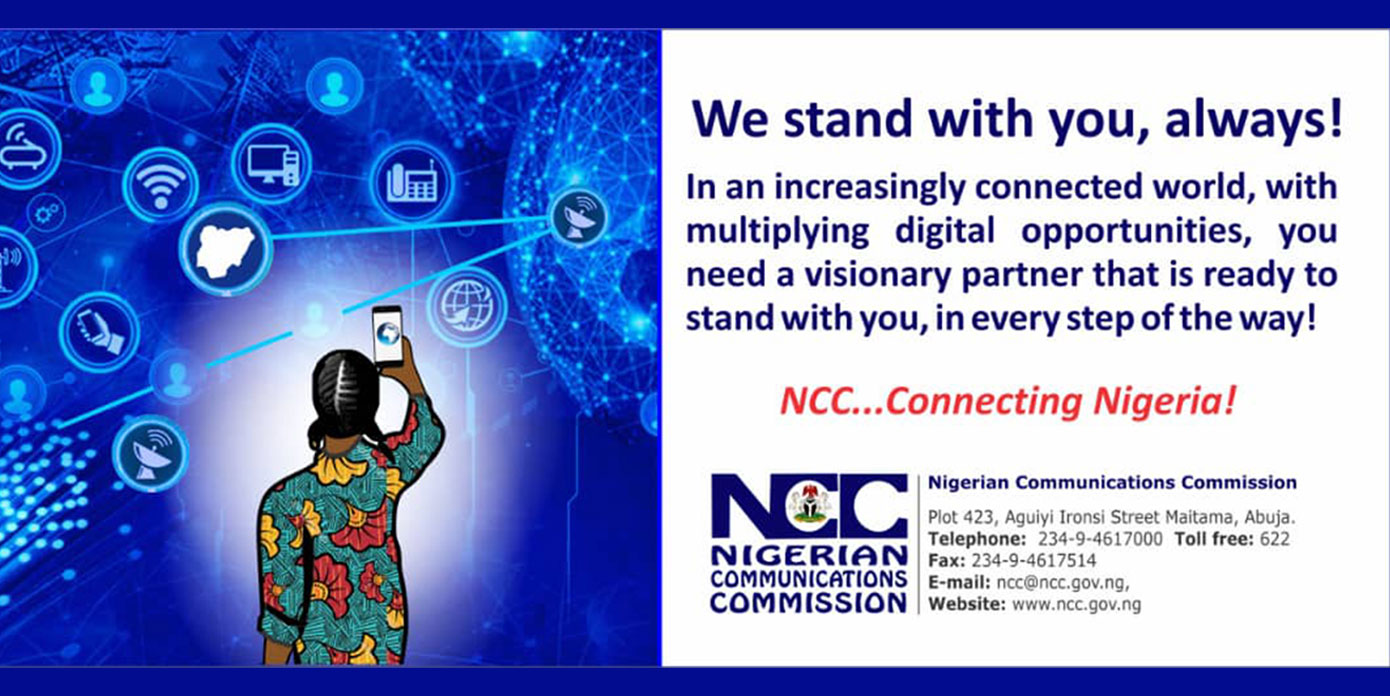The mobile market in Europe has come to the end of its main phase of investments in 4G networks and operators are now turning their attention to 5G. Services have already been launched in some markets, for example in Switzerland and the UK, with more markets expected to launch in 2020.
Despite these positive steps, industry analysts do not expect a rapid rollout of 5G in Europe. On the contrary, most expect 5G deployments in European markets to lag behind countries such as the US, China, South Korea and Japan. The reason is that delivering 5G services will require large additional investments, and these will be a lot harder to justify in European markets that have recently delivered lower profit margins than other parts of the world.
With this largely subdued investment climate, what can be done so Europe doesn’t lose out on the 5G opportunity?
One thing which could change this is competition dynamics. More concentrated market structures (for example with less players) can deliver economies of scale, a more efficient utilisation of assets (such as sites and spectrum) and also enable large investments in 5G networks. However, concentrated markets can also raise flags with regulatory and competition authorities which may be concerned about consumer prices being higher.
Understanding the relationship between market structure and the quality, innovation and prices consumers can expect is, therefore crucial. A strong debate exists about the competition dynamics which will deliver best value for consumers in the 5G era. As arguments can be made in both directions, it is important to look at data from the recent past to help draw some lessons to inform decisions going forward.
What do we know from 4G?
This is precisely what we did. In a recent study, we evaluated how market structures impacted consumers during the 4G era in Europe. We looked at data covering the period from 2011 to 2018, for 29 European countries. We combined coverage and other publicly available data from operators with network-quality measurement data from Ookla, a global leader in mobile and broadband network intelligence, testing applications and technology.
And what did we find?
Overall, the 4G era was a positive and expansive one for European mobile consumers everywhere. While mobile performance is still far from perfect in all places, by 2016 already 90 per cent of consumers were covered by 4G networks. Since then, operators have delivered greater speeds and lower latencies (signal delay), resulting in a far superior consumer experience today. Download speeds increased on average from 2Mb/s in 2011 to 37Mb/s in 2018. The average price per MB also dropped sharply as mobile data became cheaper and users consumed ever-increasing volumes, with average monthly data usage increasing more than twelve-fold.
But while all European consumers experienced improvements during the 4G era, the study shows those in three-player markets benefitted the most from higher quality and innovation.
By the end of 2018, three-player markets were outperforming four-player markets by 4.5Mb/s in download speeds, and three quarters of that difference (around 3.5Mb/s) can be attributed to the role of market structure in three-player markets. In particular, operators in more concentrated markets were able to utilise assets more efficiently (especially spectrum) and generate higher returns that allowed them to invest more in their networks. This is an important insight when considering the best ways to unlock the full potential of 5G networks, including advanced applications that require very small signal delay, high speeds and plenty of network capacity.
These represent nice results. But, you might ask, did this come at the expense of higher prices?
On the basis of the pricing data we were able to analyse, it did not. In addition to general improvements in performance, prices also decreased across Europe in the 4G era, indicating more efficiency and better value for consumers over time. Implicit unit prices (id est, revenue per MB and revenue per user) decreased similarly in both three- and four-player markets.
In other words, during the 4G era, a European consumer in a three-player market typically experienced a better quality mobile broadband service while paying similar prices per MB of data to a consumer in a four-player market.
Lessons for 5G
Does this, therefore mean more consolidation in European markets is the only solution to deliver the right investments for 5G? Not necessarily.
An option often touted as an alternative to full consolidation is increased network sharing. Our analysis showed that in the 4G era, progressively deeper levels of network integration delivered improved performance, although they came short of full integration in terms of network quality. Network sharing could, therefore also help promote faster deployments of high-performing 5G networks in Europe over the coming years.
Ultimately, every case and country needs to be considered on the basis of its own merits and situation. What works in one country does not necessarily work in another, and operator incentives and consumer attitudes to products and services will differ from market to market.
But there is one key lesson from the 4G era that does apply to all countries equally: to support the delivery of high performing 5G networks, policymakers should fully consider all aspects of consumer welfare when assessing the relative advantages of more concentrated markets in merger control, antitrust policy and spectrum management.
– Pau Castells – director, economic analysis, GSMA Intelligence
The editorial views expressed in this article are solely those of the author and will not necessarily reflect the views of the GSMA, its Members or Associate Members.













